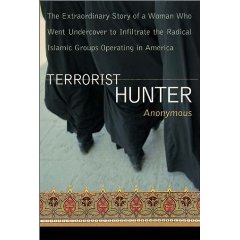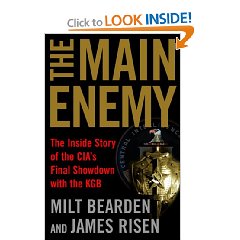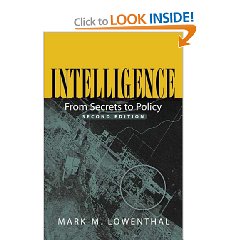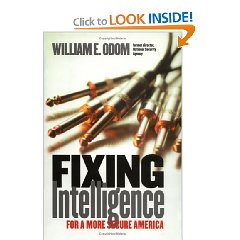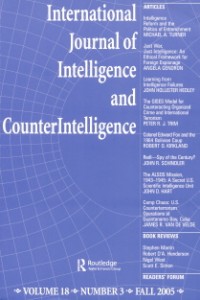Although there are no endorsements or other means of validating the truth of this book, and “woman with four-children” may be a cover for a hyper-active Israeli man in his mid-20's who is of Arab descent, it reads with enormous credibility, it is loaded with correct references, and its many anecdotes about both the value of public records (open sources) and U.S. federal government ineptitude (especially the FBI but also including State, AID, INS, and the CIA) are in my opinion spot on.
This book is an excellent companion to Steven Emerson's book, AMERICAN JIHAD: The Terrorists Living Among Us. Indeed, it has occurred to me that the anonymous author of this book is, if not working directly for Emerson, then possibly in one of the Jewish-funded research elements that he relies upon for research assistance.
Among the many compelling points that I found to recommend the purchase and reading of this book are:
1) Israeli McCarthyism against any Jew willing to express need for a Palestinian state as part of regional stabilization
2) The Rabin assassination as the Israeli equivalent of the US Kennedy assassination–everyone remembers where they were
3) The vital importance of reading all Islamic charity information in Arabic, where the messages are violent and subversive–English for the fund-raising, Arabic for the incitement to terrorism
4) The catastrophic cost of American naivete pre-9-11 in putting all religious and charitable organizations off limits to US counterintelligence, however inept it might have been
5) The extraordinary utility of public records, not just within the US but from Israel and the Arab states, in nailing down relationships among charitable organizations, Saudi financiers, and specific individual terrorists
6) The extraordinary utility of historical (back ten years) Arabic newsletters and newspapers in nailing threatening statements and jihad intentions of people applying for US citizenship or already US citizens, because the federal government has no clue how to do proper open source research
7) The accuracy of the 1990 predictions of American proponents of jihad who claimed that the US's ultimate intent was to “occupy the Arab and Islamic oil sources”
8) The degree to which African Americans have been pulled into the jihad-aspects of Muslim extremism as practiced and preached in the US
9) The ineptitude of the FBI's “knock knock” neighborhood canvassing approach to basic information, completelely eschewing proper open source research and proper undercover collection
10) The ineptitude of the FBI in particular, but the US government in general, in sharing information about terrorists and their organizations (we are amused to note that Aqil Collins, in My Jihad, is virulent on this topic–evidently one thing both mujahids and Israeli counter-terrorism researchers can agree upon is that the FBI was and remains inept)
11) The suspect loyalties and competence of the FBI liaison to Saudi Arabia, who is of Muslim faith and refused to do proper undercover work against other Muslims while posted in the US
12) The pervasive and deep Saudi financial links to all aspects of US Muslim extremism, to include funding for mosques intended to be centers for radicalization over the long term
13) The early open source literature on how Bin Laden decided to apply his construction expertise to solving both smuggling and storage and protection issues in Afghanistan (we have in other reviews noted the importance of the book on Vietnamese tunnels, titled “The Tunnels of Cu Chi”)
As I finished the book, I agreed completely with the author's basic premise, to the effect that open source information about US terrorist and charity ties, properly validated, should be posted to the Internet for all to see. This appears to be the only proper response to continuing federal ineptitude. The author is compelling in stating that in the years since 9-11, very little has improved. The FBI continues to refuse to share, the State Department continues to be incompetent at screening terrorists out (and in one instance, allowed the Agency for International Development to offer funding to a known terrorist organization), the list goes on.
This is a very impressive personal account. The author's proven accomplishments, well-documented in the book, lend credence to the value of open sources and methods in the war on terrorism–and lend credence to the legitimate concerns of citizens who are overly trusting in their federal government, which appears to still be, 2 years after 9-11, massively inept.


